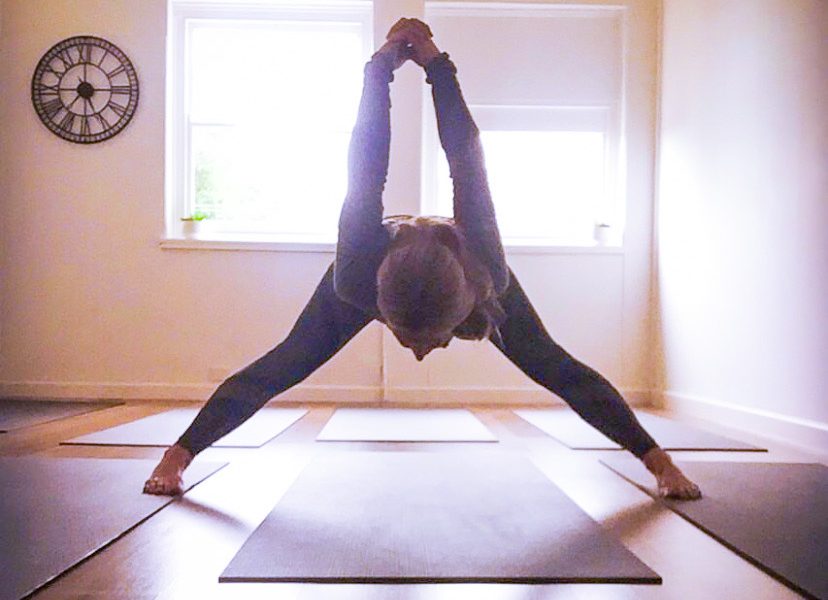In general, athletes understand that they have imbalances in their bodies. Training for a specific sport means that the body has to adapt to those specific movement patterns that the sport requires, and this isn’t always a balanced symmetry.
Even if your sport involves symmetrical movement patterns, like, swimming, riding or running, your body isn’t always going to be perfectly balanced.
No-one is completely symmetrical. Everyone has one leg slightly shorter than the other, one side stronger than the other, one movement slightly more flexible in one direction. It is these imbalances that should be worked on during strength and conditioning sessions. But how do you know what your imbalances are?
Davey Black Sports Performance is a fitness studio Melbourne has never seen the likes of before. They provide athletes with strength and conditioning in the fitness studio, a physiotherapist, nutritionist, sports psychologist, recovery room and Yoga Studio. The upstairs Yoga Studio caters specifically for athletes, with highly skilled and experienced Yoga teachers knowing and understanding the challenges that athletes face when attempting yoga.
There are varying opinions on the importance of perfect alignment in yoga practice. Alignment plays an important role in protecting the muscles, joints and tissues of the body. Alignment helps to ensure that the muscles of the body are being engaged in an even and coordinated manner whilst optimising your available power through biomechanical efficiency. Keeping this in mind, it is important to understand that everyone has a unique body structure and varying proportions and there is no one universal alignment that is suitable for every individual. If you watch and follow each and every breath with acute awareness then you will be safe in your movement. Take a moment to forget what your body looks like from the outside and base your movement and breath on your internal experience. Can you explore your own body in greater depth? Can you experience your body as though you are exploring it for the first time? Can you listen to the alignment cues your teacher gives you and balance them with the internal cues of your own body by shifting your focus from the appearance of the posture to its intention?
One of Yoga’s greatest gifts is introspection. Many beginner students often have the perception that they are ‘bad’ at yoga or that they are not flexible enough to do yoga. If you are able to move and breathe at the same time then you are doing yoga. It is not about how the postures look, they are simply a tool for enabling an individual the opportunity to look inwards, a mirror to show us how we move through our lives. Yoga is as much about the physical movement and stretch of the posture as it is about the mental and emotional reaction that the postures produce. When you come to your yoga mat, leave your ego and judgement at the door. It is not your body that limits you, but your mind that limits your experience of your own body. Ask yourself, what can I change? What is unchangeable? What should I surrender to? And once these questions have been answered, ask yourself, what should I put my effort towards?

